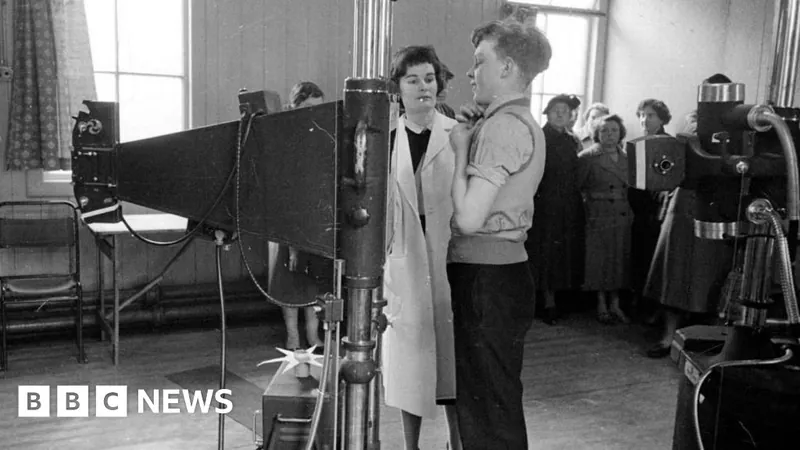
Scientists Unlock the Secret Behind Mars' Crusty Soil: A Shocking Discovery!
2024-11-05
Author: Rajesh
Groundbreaking Development for Mars Exploration
In a groundbreaking development for Mars exploration, researchers have revealed the underlying reasons for the planet's crusty soil, a phenomenon that has puzzled scientists since the inception of Martian studies. This insight comes from the data gathered by NASA’s InSight mission, which successfully landed on Mars on November 26, 2018.
The InSight Mission and Its Findings
InSight was equipped with a variety of instruments to explore the Martian interior, with one standout component being the Heat Flow and Physical Properties Package (HP3), affectionately dubbed the "Martian Mole." Despite its ambitious goal of burrowing up to five meters (approximately 16.5 feet) into the Martian crust, the Mole faced unexpected challenges and could only penetrate just below the surface. Even so, it collected crucial data for four years, contributing to our understanding of Mars’ geological activity.
The Discovery of 'Duricrust' and Its Implications
New findings from the German Aerospace Center (DLR) suggest that the temperature in the top 40 cm (~16 inches) of Martian soil is responsible for creating hard salt films that solidify the surface, leading to what scientists are now calling "duricrust." This hardening effect is largely due to seasonal temperature fluctuations, which significantly affect soil composition.
Insights from Martian Soil Properties
The research team at DLR’s Microgravity User Support Center in Cologne uncovered valuable insights into the properties of Martian soil. They noted that the upper 30 cm (~12 inches) of soil behaves similarly to basaltic sand, contrary to earlier expectations based solely on orbital data. This surprising revelation hints at a geological history reminiscent of Earth’s volcanic past.
Comparative Analysis of Temperatures
Principal investigator Tilman Spohn likened Martian soil to floral foam, known for its lightweight and porous nature. This analogy underscores the complex interactions happening within the soil that influence its mechanical properties. The team measured temperatures and thermal conductivity over various cycles, yielding unprecedented temperature records at varying depths.
Fluctuating Ground Temperatures and Their Effects
One of their most striking findings showed that ground temperatures fluctuated by just 5 to 7 °C (9 to 12.5 °F) daily, contrasting with the extreme surface temperature variations of 110 to 130 °C (230 to 266 °F). This indicates that the Martian crust acts as an excellent insulator, cushioning profound temperature differences that can significantly impact the soil’s physical properties.
Formation of Salty Brines and Future Implications
Moreover, the researchers discovered how temperature swings create conditions for the formation of salty brines during Martian winters and springs. These brines can solidify, contributing to the formation of the crusty layer observed on the planet's surface. Such findings raise exciting questions about potential biological processes in Martian soil and generate interest in future missions aimed at uncovering further secrets about the Red Planet.
Looking Ahead: The Future of Mars Exploration
As humanity sets its sights on future exploration and eventual colonization of Mars, these revelations about its soil's properties are vital. They could shape not only our understanding of Mars’ geological history but also our ability to sustain human life on its surface. What will future astronauts discover beneath the crusty facade of Mars? The adventures ahead are sure to be thrilling! Stay tuned for more updates on this extraordinary journey into our solar system!



 Brasil (PT)
Brasil (PT)
 Canada (EN)
Canada (EN)
 Chile (ES)
Chile (ES)
 España (ES)
España (ES)
 France (FR)
France (FR)
 Hong Kong (EN)
Hong Kong (EN)
 Italia (IT)
Italia (IT)
 日本 (JA)
日本 (JA)
 Magyarország (HU)
Magyarország (HU)
 Norge (NO)
Norge (NO)
 Polska (PL)
Polska (PL)
 Schweiz (DE)
Schweiz (DE)
 Singapore (EN)
Singapore (EN)
 Sverige (SV)
Sverige (SV)
 Suomi (FI)
Suomi (FI)
 Türkiye (TR)
Türkiye (TR)